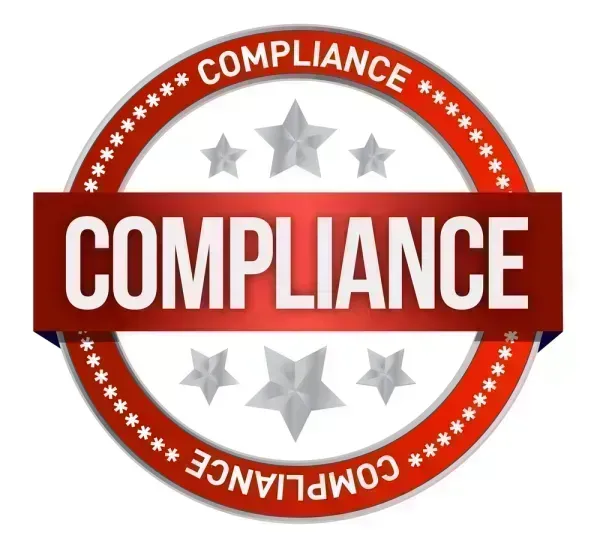Part B Insider (Multispecialty) Coding Alert
OIG Recovered $3.35 Billion in 2015, Plans Scrutiny of Ophthalmology Services

Place of service errors also continue to be on the agency’s radar screen.
Any amount over $3 billion may sound like an enormous number in terms of Medicare billings, but that’s the amount the OIG recovered in 2015 alone.
In its Semiannual Report to Congress, released on Nov. 30, the OIG reported that during fiscal year 2015, the agency recorded audit receivables of $1.13 billion, another $2.22 billion in investigative recoveries and $286 million from other sources.
“Our work identifies improper payments, which sometimes may be caused by fraud, but may also indicate questionable billing patterns that could lead to waste or signal other problems, such as low quality of care,” said Inspector General Daniel R. Levinson in the report. Levinson vowed to catch issues on the front end going forward, noting, “OIG endeavors to examine new programs early in their implementation to pinpoint potential issues to curb or reduce the magnitude of improper payments.”
Consider These Examples
Following is a sampling of a few of the OIG’s recoveries as outlined in the report:
-
Chiropractic services: The OIG discovered that Medicare inappropriately paid $76 million for chiropractic services that were later determined to be “questionable.”
“These findings raise concerns about CMS’s ability to curb improper payments for chiropractic services,” the OIG wrote in the report. As a result of the OIG’s findings, CMS agreed to develop ways to identify questionable chiropractic claims, take action when questionable payments are made, collect overpayments for these services and confirm that claims are only paid for Medicare-covered diagnoses.
-
Ophthalmology Services: In 2012, Medicare Part B made $171 million in questionable payments to the four percent of providers that appeared to be billing inappropriately. Among these 1,726 providers were claims for medically unnecessary services or even visits that never actually happened.
The OIG recommended that CMS monitor ophthalmology billing and take action against those ophthalmologists who were found to be billing inappropriately.
-
Place of Service Coding Errors: Between 2010 and 2012, providers collected $33 million for services that were billed with the wrong place of service code.
“Physicians performed these services in facility locations but incorrectly coded the services as having been performed in nonfacility locations,” the OIG report said. CMS intends to take a closer look at place of service coding errors in the future thanks to the OIG’s findings.
With all of the OIG recommendations leaning toward further scrutiny, now is the time to take a close look at your Medicare billings and ensure that you are reporting your services correctly. If you haven’t performed a self-audit in a while, now might be a good time to perform one so you can move into 2016 with the knowledge that you are coding and billing properly.
Resource: To read the OIG report, visit http://oig.hhs.gov/reports-and-publications/archives/semiannual/2015/sar-fall15.pdf.
Related Articles
Part B Insider (Multispecialty) Coding Alert
- Part B Revenue Booster:
This One Tip Can Boost Your Practice's Income by Thousands
Make 2016 your highest income year ever. As you close the books on your 2015 [...] - Compliance:
OIG Recovered $3.35 Billion in 2015, Plans Scrutiny of Ophthalmology Services
Place of service errors also continue to be on the agency’s radar screen. Any amount [...] - Pain Management:
Neurolytic Destruction Options Vary Based on Dx
You’ll access a wide range of codes for these services. The descriptors for numerous CPT® codes [...] - Reader Question:
Sort out Aftercare Options
Question: Our doctors sometimes see patients for follow-up visits after evaluating a problem that required no [...] - Reader Question:
Don't Take Chart Amendments Lightly
Question: One of our physicians made mistakes on several charts and printed out new documentation to [...] - Part B Coding Coach:
Scope Out EO Coding Guidelines, or Risk $28 Each Time
Know when you can – and can’t – report this procedure separately. Is that ophthalmoscopy [...] - Physician Notes:
ICD-10 Glitch Sinks Some Foot Care Claims
Plus: Yes you can translate your own handwriting for MAC review. Although most ICD-10 claims [...]




